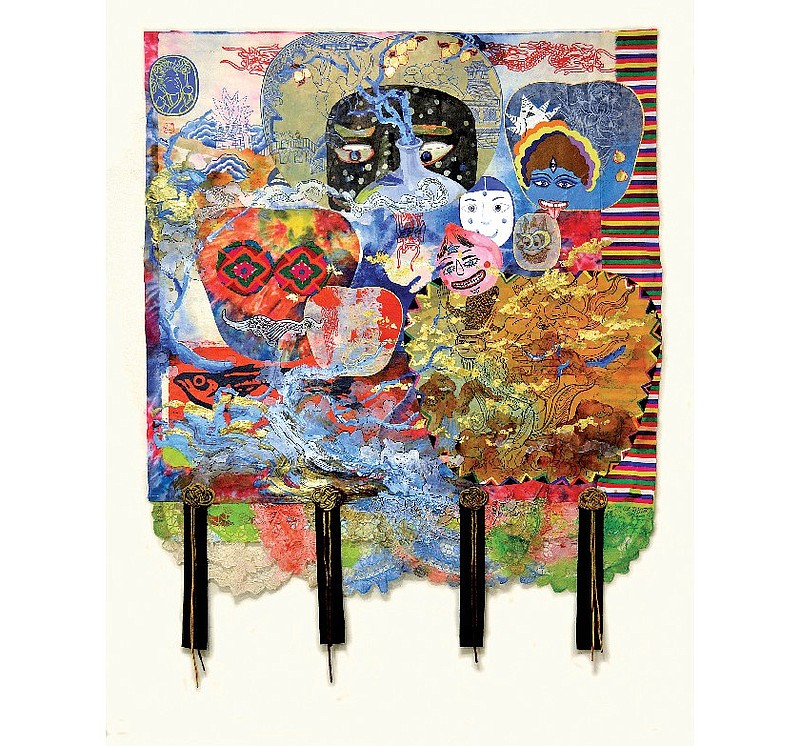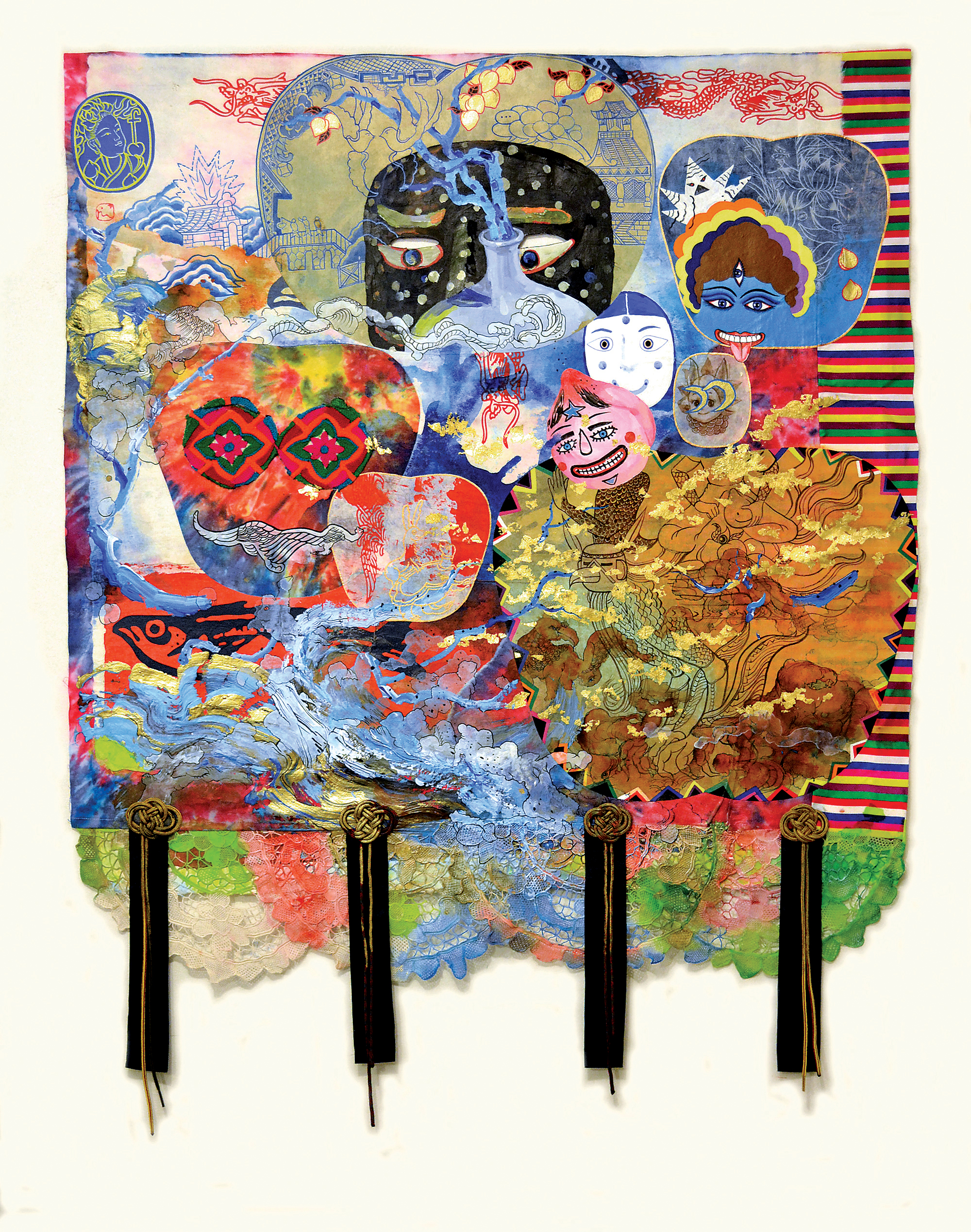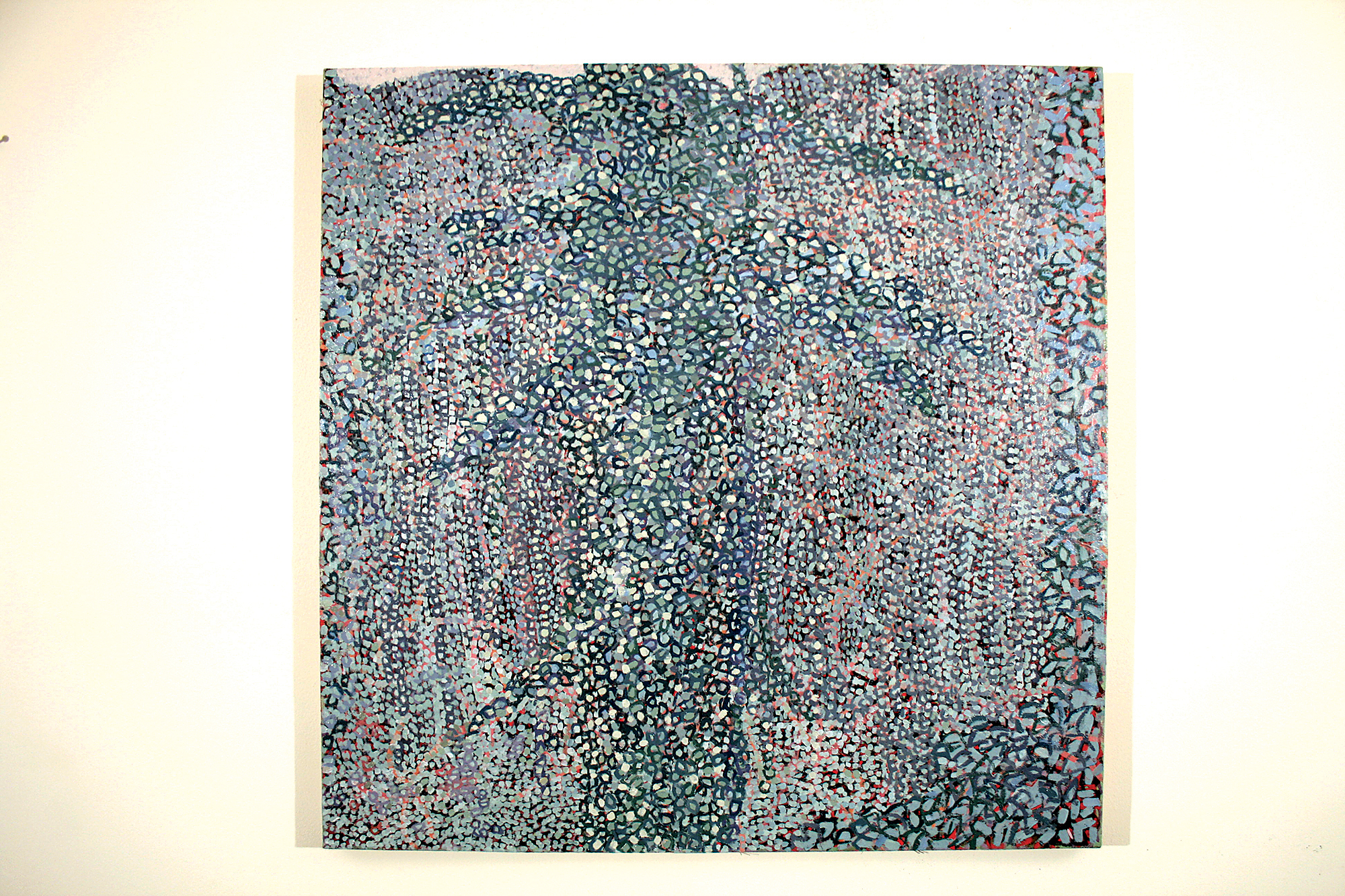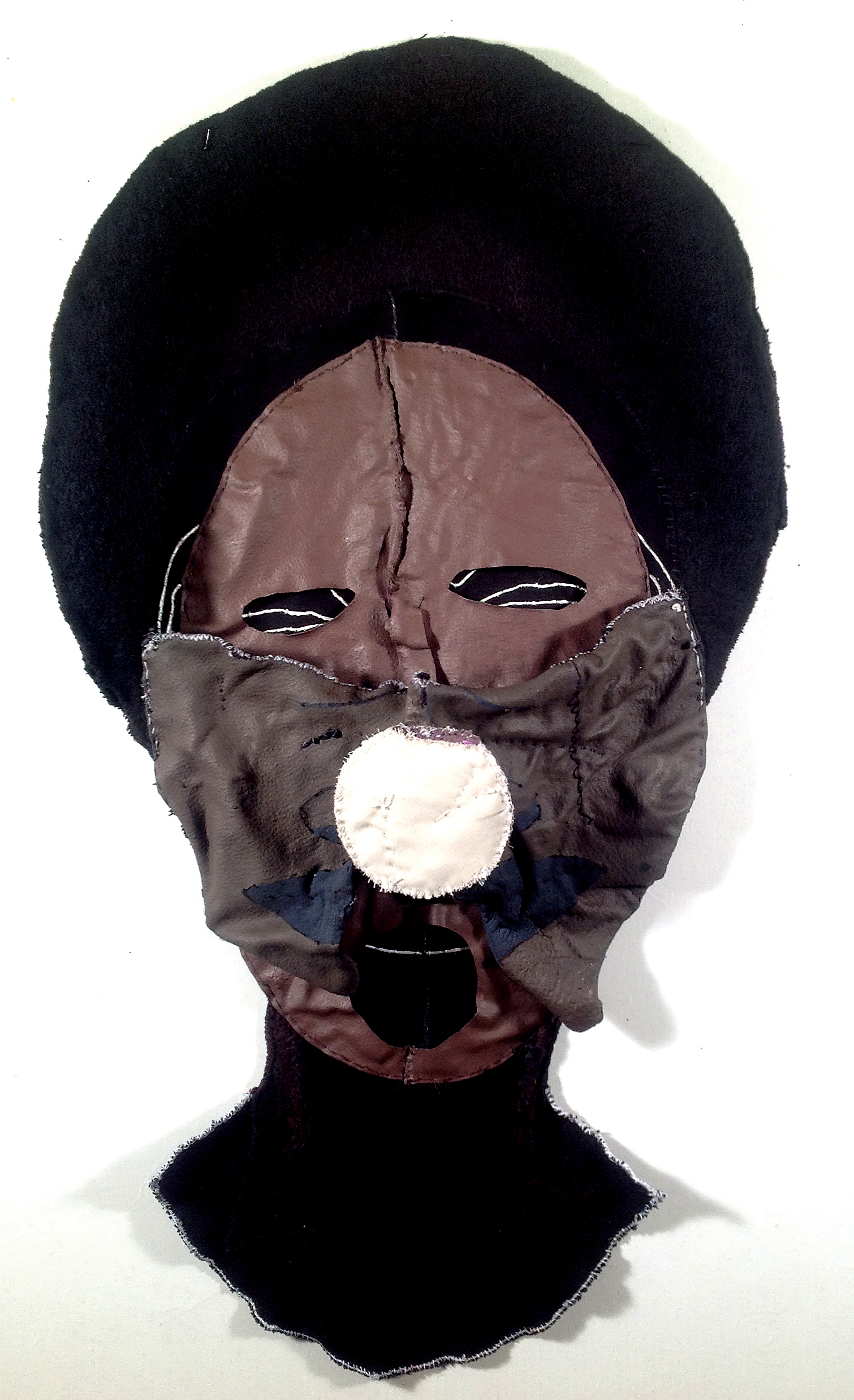IF YOU GO* What: "Hunter Invitational III."* Where: Hunter Museum of American Art, 10 Bluff View.* When: Through Oct. 19.* Hours: 10 a.m.-5 p.m. Monday-Tuesday and Friday-Saturday, noon-5 p.m. Wednesday and Sunday, 10 a.m.-8 p.m. Thursday.* Admission: $9.95 adults; free for museum members.* Information: Phone: 423-267-0968 or www.huntermuseum.org.
Greg Pond was still sculpting one of his art pieces a few days before the opening night of "Hunter Invitational III."
Only instead of a mallet and chisels, he was using a computer, some software, lots of speaker wire and his ears.
An art professor at Sewanee: University of the South, Pond, along with collaborator Jessee Thompson, a Los Angeles-based musician, was tweaking the tones being created by a sculpted audio piece called "Stereoama." By placing eight transducers on the large windows in the Hunter's atrium and running some previously recorded sounds through them, the windows acted like speakers, bouncing sounds off the many surfaces of the large space. A transducer converts a signal in one form of energy to another form of energy.
"He's experimenting with new technology and ideas and I love that," says Nandini Makrandi, the museum's chief curator.
Among the recordings are a sermon from a preacher Pond recorded years ago in Kingston, Jamaica, and some recordings from caves throughout Tennessee. The recordings have been heavily manipulated and are unrecognizable from their original source. What you get is primarily the vibration from the large windows and the sound waves bouncing around the space.
The Hunter Invitational exhibits are a relatively new showcase that take place every three years and feature regional artists specifically chosen by Makrandi. She spends the time in between exhibits discovering artists she finds interesting, then inviting them to be part of the exhibit.
This year, there are eight artists as opposed to the seven who exhibited in the first two invitationals. Other artists in the exhibit are Fisk University professor Alicia Henry, University of Tennessee professor Jered Sprecher, Atlanta-based artist Jiha Moon, Chattanooga artist Jan Chenoweth, University of Tennessee at Chattanooga professor Phillip Lewis, Covenant College professor Jeffrey Morton and Savannah College of Art and Design professor Martha Whittington.
Their works include a video, paintings, sculpted pieces and drawings. Each artist is allotted the same amount of space, which they can fill with one large piece and or as many as will fit, Makrandi says.
Pond has six pieces in total, with two being not much bigger than a bread box and three being in the six- to eight-foot range. Materials for his pieces include wood, fiberglass, automotive paint and steel. For those, and even for the mechanisms used to hold the transducers in place in the audio piece, he used a 3-D printer to generate some of the parts, showcasing more of that experimenting with technology that Makrandi was drawn to.
"I like the versatility it offers and it's relatively inexpensive," Pond says of 3-D printing. "Before, I just had to make do with whatever I could find at the hardware store."
He and Thompson have collaborated on similar audio pieces before. Pond, who has no background in music, says local sculptor John Henry graciously allowed him a month to experiment with the equipment in an empty warehouse to learn the technology.
Through the software, which was developed by a fellow Sewanee professor, he is able to finetune everything from volume to pitch to sequence of each individual channel.
After learning he'd been chosen for the exhibit about a year ago, Pond visited the Hunter and was struck by the atrium windows and the space, so he and Thompson decided to build the piece around the medieval cosmological idea of the firmament, the plane separating the earthly realm from the heavenly realm.
All the recordings have been heavily filtered and remixed and tuned to the Pythagorean tuning, an alternative tuning where the key of A is set at 432 hertz instead of the normal 440 hertz, Pond says.
"Some people believe that when you hit that frequency, it is the most soothing and it may, in some New Age notions, may unlock someone's spirituality," he says. "All of those ideas are circulating around as we play with this idea of where we are."
Contact Barry Courter at bcourter@timesfreepress.com or 423-757-6354.



